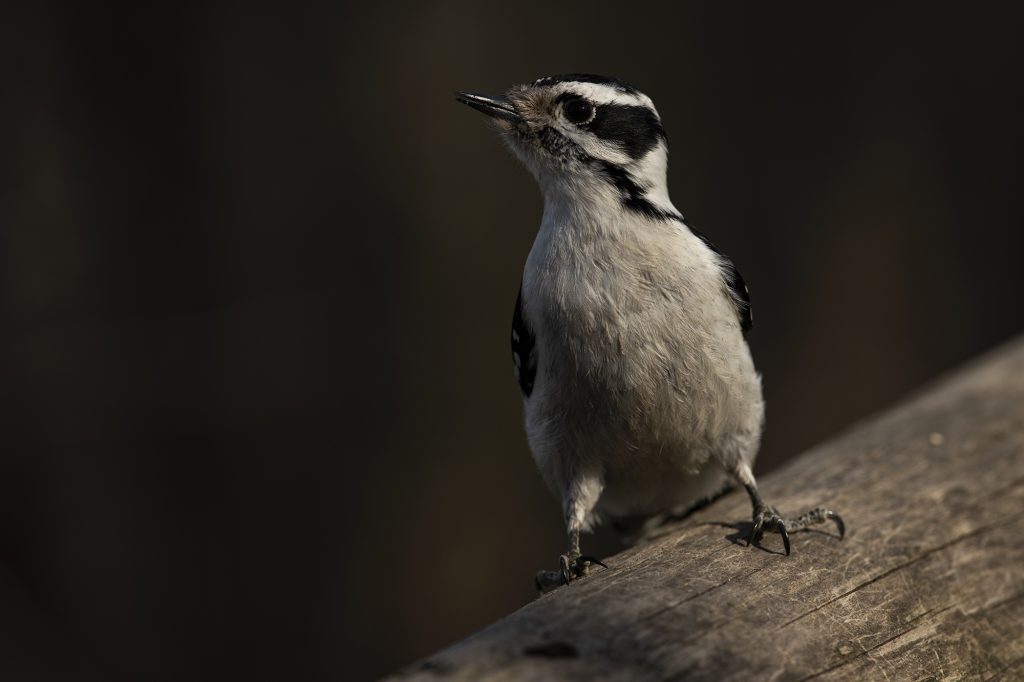
A Guide for Nature Lovers and Photographers
Wildlife photography is a fascinating and rewarding hobby for many nature lovers and photographers. It provides a unique opportunity to capture the beauty and majesty of the animal kingdom and to share that beauty with others. However, it is also important to consider the ethics of wildlife photography and to ensure that our actions do not harm the animals we are photographing or their habitats.
One of the key ethical considerations in wildlife photography is to minimize the disturbance to the animals and their habitats. This means being mindful of the animal’s behavior and avoiding actions that could cause stress or harm. For example, getting too close to animals, especially young or newborn animals, can cause stress and put them at risk. Similarly, using flash photography, particularly at night, can startle animals and cause them to behave abnormally.
Another important ethical consideration is to respect the laws and regulations that protect wildlife and their habitats. This may include obtaining permits or following specific guidelines, such as staying a certain distance from the animals or avoiding sensitive areas during certain times of the year. By following these laws and regulations, we can help to preserve the health and well-being of the animals and their habitats, and ensure that future generations can enjoy them.
Finally, it is important to be mindful of the impact that our photography can have on the wider environment. This may mean avoiding the use of certain types of equipment, such as drones, that can disrupt ecosystems or interfere with the animal’s natural behavior. It may also mean avoiding the use of bait or other methods that could alter the behavior of the animals and compromise their welfare.
To conclude, wildlife photography is a wonderful way to capture the beauty and majesty of nature, but it is important to do so in an ethical and responsible manner. By respecting the animals and their habitats, following laws and regulations, and being mindful of our impact on the environment, we can help to preserve the natural world for generations to come.
So next time you are out in the field, take a moment to reflect on the ethics of wildlife photography, and to make sure that your actions are in line with these principles.